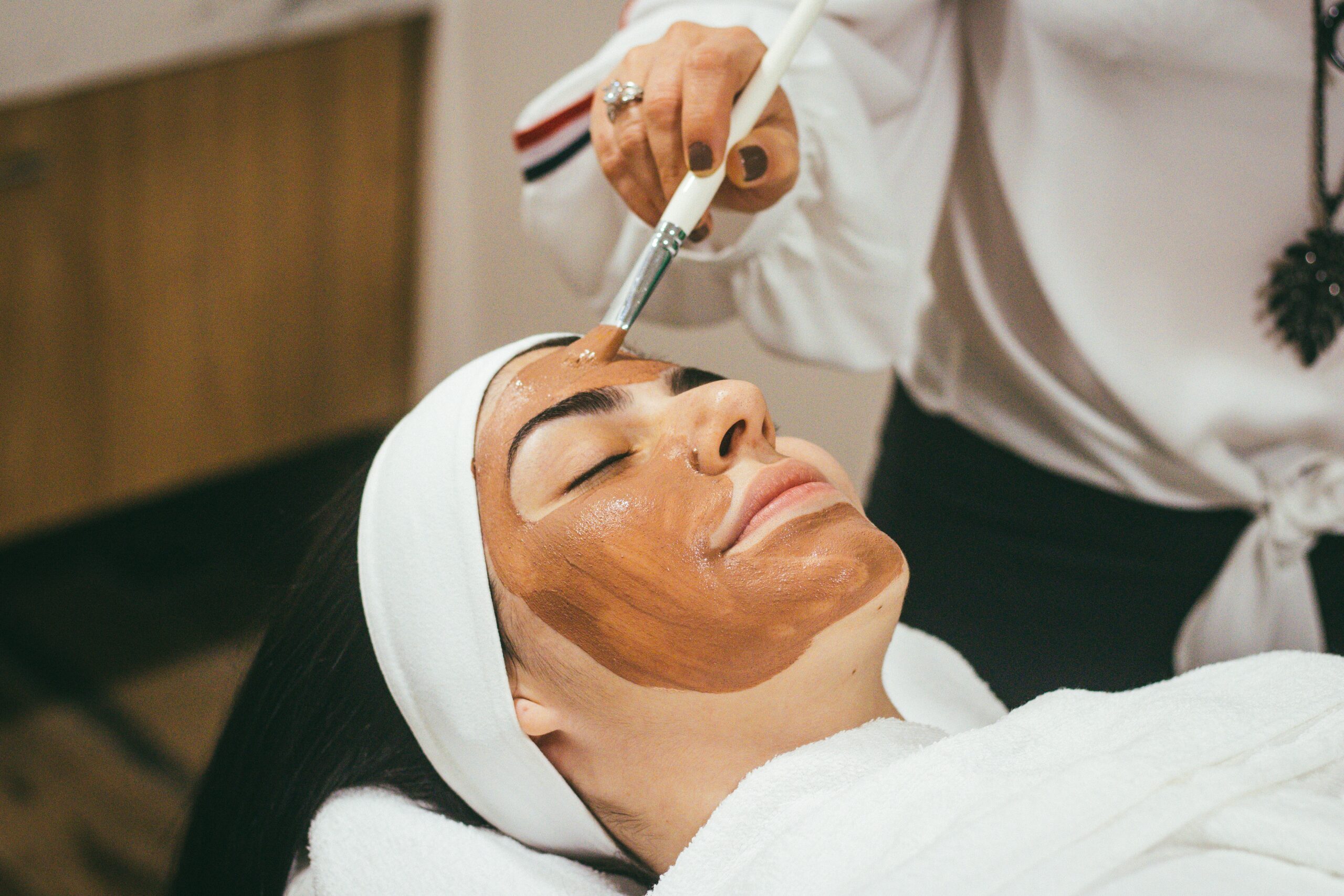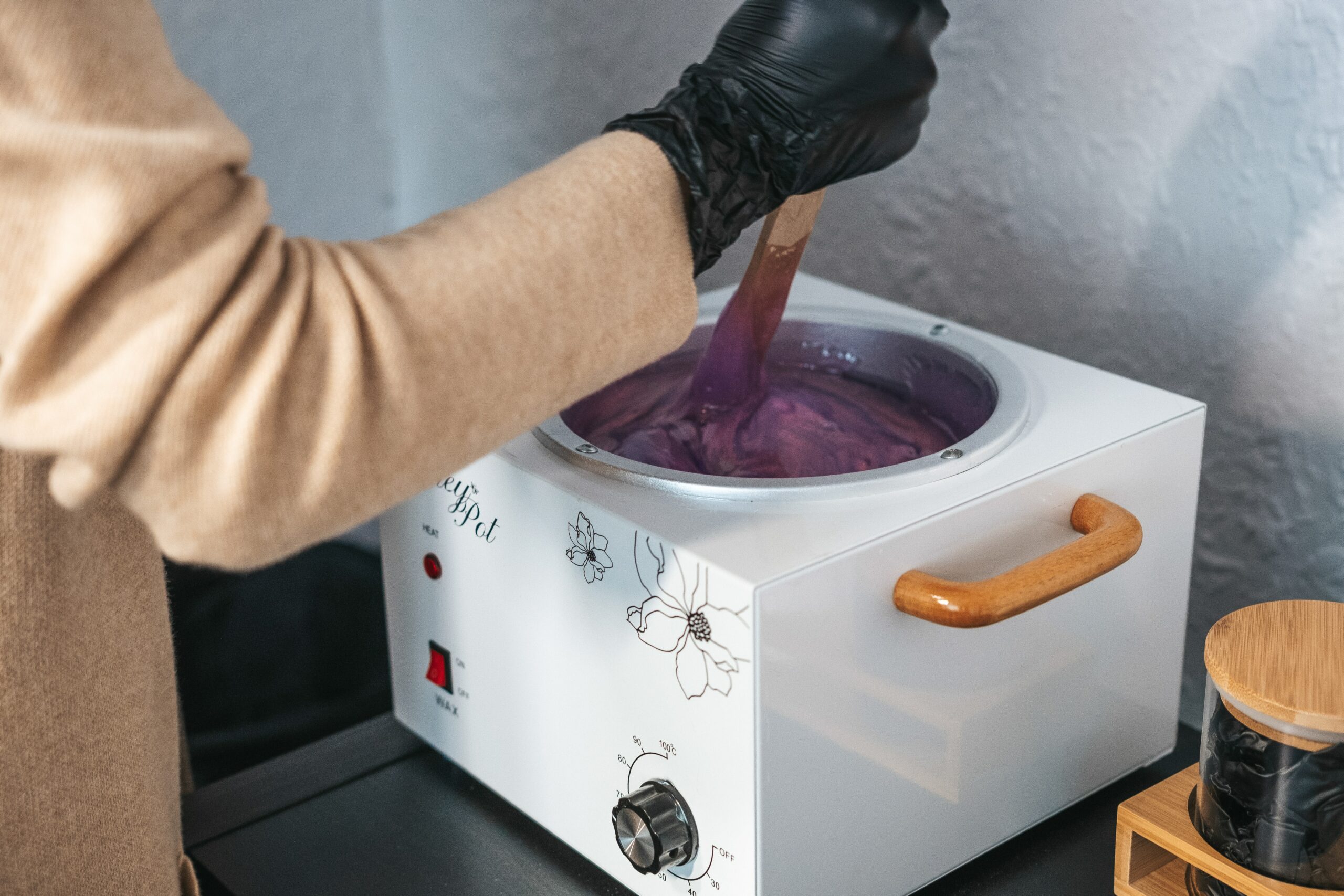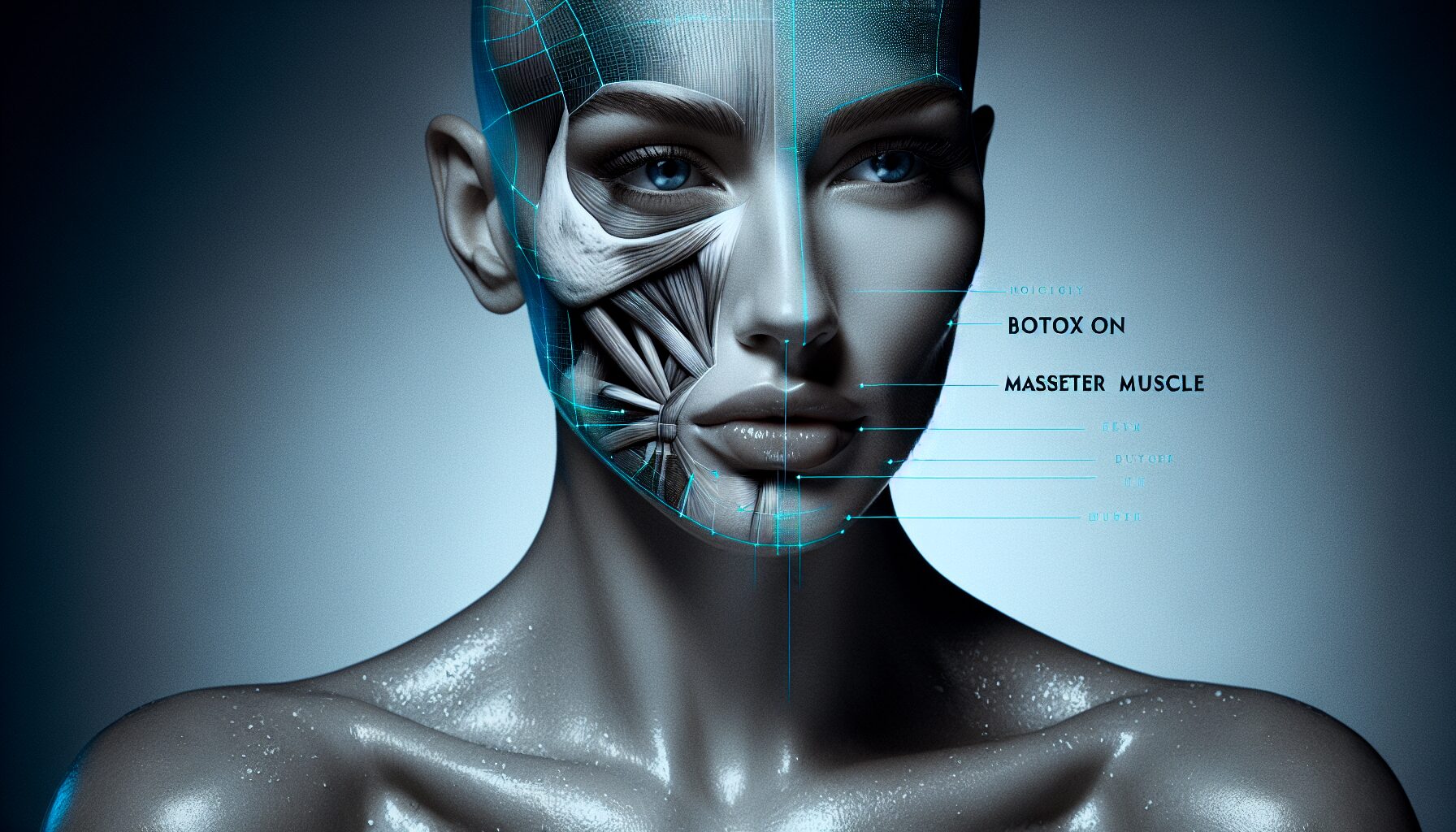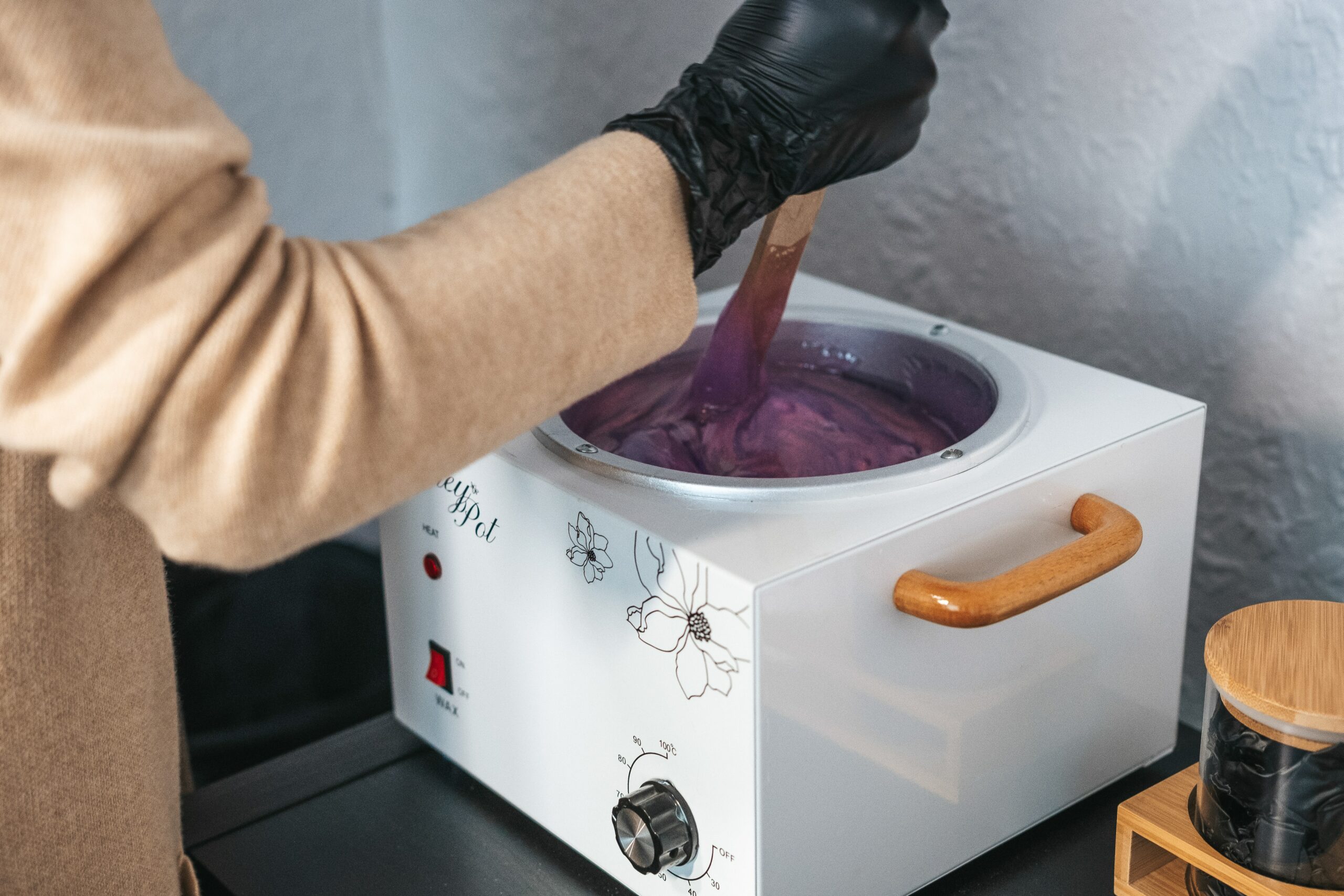Have you ever considered getting Botox injections on your masseter muscle? If you’re looking to alleviate the discomfort caused by bruxism or reshape your jawline, this non-surgical treatment might be just what you need. By relaxing the masseter muscle, Botox can effectively reduce teeth grinding and clenching while giving your face a more balanced and slender appearance. In this article, we’ll delve into the benefits and considerations of using Botox on the masseter muscle, so you can make an informed decision about whether this procedure is right for you.

What is Botox?
Botox, short for botulinum toxin, is a popular cosmetic treatment used to reduce the appearance of wrinkles and fine lines. It is derived from a bacterium called Clostridium botulinum. Botox works by temporarily paralyzing or relaxing the muscles responsible for causing wrinkles, resulting in a smoother and more youthful appearance. It is an injectable treatment that is administered by a qualified healthcare professional.
Definition
Botox is a neurotoxic protein that is produced by the bacterium Clostridium botulinum. It is widely used in the field of cosmetic medicine to treat various conditions, including wrinkles, muscle spasms, and excessive sweating. Botox is a highly purified form of the toxin and is injected into specific muscles to block the nerve signals that cause muscle contractions.
Mechanism of Action
Botox works by blocking the release of acetylcholine, a chemical that triggers muscle contractions. When injected into the muscles, Botox temporarily inhibits the nerve signals that tell the muscles to contract. This results in the relaxation of the targeted muscles, which helps to smooth out wrinkles and reduce muscle-related conditions such as masseter muscle hypertrophy.
Common Uses
Botox was initially approved by the FDA for the treatment of certain eye muscle conditions, such as strabismus and blepharospasm. However, it has gained widespread popularity for its cosmetic applications. Botox is commonly used to reduce the appearance of facial wrinkles, such as forehead lines, crow’s feet, and frown lines between the eyebrows. It can also be used to treat medical conditions like chronic migraines, excessive sweating, and muscle spasms.
Masseter Muscle
Function
The masseter muscle is one of the major muscles responsible for chewing. It is a thick muscle located on each side of the face, connecting the lower jawbone (mandible) to the cheekbone (zygomatic arch). The masseter muscle plays a vital role in the movement of the jaw during eating, speaking, and various facial expressions.
Masseter Muscle Hypertrophy
Masseter muscle hypertrophy refers to the enlargement or overgrowth of the masseter muscle. This condition can be caused by various factors, including genetics, teeth grinding (bruxism), excessive chewing, or jaw clenching. Masseter muscle hypertrophy can lead to a square-shaped face and a more prominent jawline, which may not be desired by some individuals.
Importance of Masseter Muscle
While the masseter muscle’s primary function is to aid in chewing, it also contributes to the overall aesthetics of the face. The size and shape of the masseter muscle can significantly influence the appearance of the jawline. A well-defined masseter muscle can enhance the facial structure and contribute to a more balanced and attractive appearance.
Botox on Masseter Muscle: An Overview
Understanding Masseter Hypertrophy
Masseter muscle hypertrophy can cause facial asymmetry and give the face a square or overly strong jawline, which may be undesirable for some individuals. Botox can be used as a non-surgical treatment option to address this issue. By injecting Botox into the masseter muscle, it is possible to reduce its size and create a more slender and contoured jawline.
Botox as a Treatment Option
Botox on the masseter muscle offers a minimally invasive alternative to surgical procedures for those seeking jawline slimming or reshaping. The injections are strategically placed to target the masseter muscle, allowing it to relax and reduce in size. This procedure can help individuals achieve a more balanced and aesthetically pleasing facial appearance.
Benefits of Botox on Masseter Muscle
There are several benefits to opting for Botox as a treatment for masseter muscle hypertrophy. Firstly, it is a non-surgical procedure, eliminating the need for incisions or lengthy recovery times. Secondly, the results are not permanent, allowing individuals to assess their satisfaction with the procedure before committing to a long-lasting alteration. Lastly, Botox injections on the masseter muscle can provide a more contoured and harmonious facial profile.
Procedure
Consultation and Assessment
Before receiving Botox injections on the masseter muscle, it is essential to schedule a consultation with a qualified healthcare professional. During this appointment, your provider will assess your facial structure, discuss your aesthetic goals, and determine if you are a suitable candidate for the procedure. They will also explain the potential risks and benefits associated with Botox treatment.
Preparation
On the day of your procedure, it is advisable to arrive with a clean and makeup-free face. Your provider may apply a topical numbing cream to minimize any discomfort during the injections. They will also discuss any pre-procedure instructions, such as avoiding certain medications or supplements that may increase the risk of bruising.
Injection Procedure
The injection procedure itself typically takes around 15 to 30 minutes, depending on the specific treatment plan. Your provider will mark the targeted areas on your face and carefully administer the Botox injections into the masseter muscle. The number of injections and the amount of Botox used will vary depending on the individual’s anatomy and desired outcome.

Recovery and Results
Expected Recovery Time
One of the advantages of Botox on the masseter muscle is that there is minimal downtime associated with the procedure. Most individuals can resume their normal activities immediately following the injections. Some individuals may experience mild swelling, bruising, or tenderness at the injection sites, but these side effects typically subside within a few days.
Potential Side Effects
While Botox injections on the masseter muscle are generally considered safe, there are a few potential side effects to be aware of. These may include temporary weakness or drooping of the surrounding muscles, headache, pain at the injection site, or allergic reactions. It is crucial to follow all post-treatment instructions provided by your healthcare professional to minimize these risks.
Long-term Results
The effects of Botox on the masseter muscle are not permanent and typically last approximately 3 to 6 months. Over time, the muscle will gradually regain its functionality, and repeat injections may be required to maintain the desired outcome. It is important to understand that individual results may vary, and a tailored treatment plan will be determined during the consultation process.
Considerations
Choosing a Qualified Provider
When considering Botox treatment on the masseter muscle, it is crucial to choose a qualified provider. Look for a healthcare professional who has training and experience with administering Botox injections for cosmetic purposes. A skilled provider will ensure the proper placement and dosage of Botox, reducing the risk of complications and achieving optimal results.
Cost of Botox Treatment
The cost of Botox treatment on the masseter muscle can vary depending on factors such as geographic location, provider expertise, and the number of injections required. The cost is typically calculated per unit of Botox used. It is essential to discuss the financial aspect with your provider during the consultation, as well as any potential financing or payment options available.
Alternative Treatment Options
While Botox is a popular and effective treatment for masseter muscle hypertrophy, there are alternative options to consider. Surgical procedures such as jawline reduction surgery or liposuction may be recommended for individuals with more severe cases of masseter muscle hypertrophy. It is advisable to discuss these alternatives with your provider to determine the most suitable treatment approach for your specific needs.

Frequently Asked Questions
Who is a candidate for Botox on Masseter Muscle?
Individuals who are bothered by the appearance of a square or overly prominent jawline, caused by masseter muscle hypertrophy, may be good candidates for Botox treatment. However, it is essential to undergo a consultation with a qualified healthcare professional to determine candidacy based on individual factors.
How long does the procedure take?
The Botox injection procedure on the masseter muscle typically takes around 15 to 30 minutes, depending on the specific treatment plan. This includes the consultation, assessment, and actual injections.
Are the results permanent?
No, the results of Botox on the masseter muscle are not permanent. The effects typically last around 3 to 6 months. To maintain the desired outcome, repeat injections may be necessary.
Conclusion
Botox injections on the masseter muscle offer a non-surgical option for those seeking to reduce the size and prominence of their jawline. This procedure can help individuals achieve a more contoured and balanced facial appearance. It is essential to consult with a qualified healthcare professional to determine candidacy and discuss the potential risks and benefits associated with Botox treatment. By understanding the procedure, recovery expectations, and long-term results, individuals can make an informed decision about whether Botox on the masseter muscle is the right option for them.

